The financial year is a 12 month time period that is used for tax purposes. For Australians, the financial year ends on 30 June, with the next financial year beginning on 1 July. From 1 July through to 31 October both individuals and businesses are required to submit a tax return form to the Australian Taxation Office (ATO). The ATO then use this form to determine how much tax is owed to the government, or how much the government needs to reimburse the individual/business if they have paid more tax than was owed.
End of financial year checklist
Before you get stuck into your tax return this year, make sure that you have considered the following:
Credit cards
Make good use of your tax return by using to pay off any credit card debt you may have. Rather than using the cash you receive to fund more purchases, use it to pay off your debts and get your financial situation back on track.
Superannuation contributions
With the end of financial year coming up, you might want to consider making a tax-deductible super contribution. If you less than 10 per cent of your income is derived from eligible employment, for example if you are self employed or simply don’t have a job, contributing to your super account can be a wise financial decision. This allows you to save on the amount of tax you will have to pay by maxing ‘after-tax’ contributions, plus you can make contributions of up to $25,000 in this financial year and greatly increase your super balance.
If you’re an employee, it’s a good idea to sacrifice your pre-tax salary straight into your super account. This can greatly reduce the amount of tax you have to pay on your salary and obviously also help build your super account.
Government co-contributions
Though many people aren’t aware of it, they’re actually eligible for government co-contributions to superannuation. If you earn less than $48,516 per year, 10 per cent of which must be from employment or a business, the Australian government will match a certain amount of your after-tax super contributions up to a total of $500. The contribution you receive from the government is entirely tax-free.
You’ll need to be a permanent Australian resident or citizen during the financial year in question and must be less than 71 years of age. Taking advantage of this government offering is a great way to save money for your retirement, ensuring you have enough funds to get by when you are no longer earning an income.
Reduce tax further
There are a number of other steps you can take before the end of the financial year to further reduce the amount of tax you will have to pay. The first place to start is with investments. If you have an investment in your name, it may be a wise financial move to cash out that investment and then use the resulting cash to make an after-tax super contribution. As above, this not only helps build your retirement savings but also lessens the amount of tax you will have to pay.
Another option you can consider is contributing to your spouse’s super. If you are earning more than your partner and would like to top up their retirement savings, you could be eligible for a tax break. Conditions do apply, of course, so you’ll need to assess your own financial situation before deciding whether this is a viable option for you.
If you have income protection insurance cover, you might want to pre-pay your premiums 12 months in advance to take advantage of a tax deduction. Some people can benefit from tax concessions for taking out life or TPD cover through their super, while pre-paying investment loan interest can also help you pay less tax
STIMULUS PAYMENTS
The coronavirus crisis has left millions of Aussies out of work or facing uncertain professional futures, which is why the government has introduced a raft of stimulus measures, including the JobKeeper wage subsidy and boosting the JobSeeker payment.
However, H & R Block director of tax communications Mark Chapman said it’s important to remember that both JobSeeker and JobKeeper payments – or any other government benefit – are part of your taxable income, meaning you have to report that cash like you would your regular salary.
“JobKeeper and JobSeeker are treated the same way as your normal wage and it has to go on your tax return in the same way,” he explained.
“Centrelink will provide you with the equivalent of a payment summary so you can see exactly how much you’ve been paid at the end of the financial year.”
SCOMO’S $1080
Last year, Australians rushed to lodge their tax returns as early as possible thanks to the promise of that infamous $1080 tax offset.
The good news is, it’s back this year – but it doesn’t mean you’ll get a $1080 lump sum.
That’s because it’s a tax offset that reduces your overall tax bill, which means you will either get a bigger refund than you normally would, or alternatively, you might end up having to pay less if you receive a tax bill.
It’s worth anywhere from $255 to the full $1080, depending on how much you’re earning – and those who make more than $126,000 won’t get anything at all.
And Mr Chapman said that just like last year, you “don’t have to do anything” to receive the benefit – it will automatically be calculated when you lodge your tax return.
WORKING FROM HOME
Countless Aussies have been working from home during the coronavirus lockdown, and Mr Chapman said there would probably be a big jump in claims as a result.
“We’re likely to see a spike in people’s working from home expenses compared to previous years,” he said.
“A lot of us have been working from home full time for weeks so there is bound to be a spike in those claims.”
Just last month, the ATO revealed it was rolling out a new working from home shortcut to make it easier for people to claim deductions.
The special new arrangement will allow people to claim a rate of 80 cents per hour for all their running expenses, instead of calculating costs for specific running expenses as taxpayers would under normal circumstances.
Multiple people living in the same house can claim this new rate individually, and it is no longer a requirement to have a dedicated work from home area in order to claim.
The change means taxpayers will be now able to choose one of three ways to calculate their additional running expenses for the period of March 1 to June 30.
They include claiming that rate of 80 cents per work hour for all additional running expenses, claiming a rate of 52 cents per work hour for heating, cooling, lighting, cleaning and the decline in value of office furniture, plus calculating the work-related portion of your phone and internet expenses, computer consumables, stationery and the decline in value of a computer, laptop or similar device, or claiming the actual work-related portion of all your running expenses, which you need to calculate on a reasonable basis.
On the flip side, Mr Chapman said the working from home arrangements would mean a likely decrease in some common tax deductions such as car use and work-related clothing.
NO MORE PAYMENT SUMMARIES
Most of us usually wait until we get our annual payment summary from our employer at the end of the financial year before lodging our tax return – but those summaries, sometimes referred to as group certificates, are now virtually a thing of the past.
That’s because many organisations must now report their workers’ income, superannuation and tax information directly to the Australian Taxation Office in real time.
If you file your return through a tax agent, they will automatically have those details on file, and if you do it yourself, it will also be ready and waiting for you on myGov.
Mr Chapman said this change slowly started rolling out last year, but would be far more widespread in 2020.
“People will no longer get a payment summary from their employer – instead, that detail will go directly to the ATO,” he said.
“It’s the exact same information, it’s just not coming directly from your employer now – it will come from the ATO and will be pre-filled directly into your tax return.”
PRIVATE HEALTH
In a similar vein, health insurers are no longer required to send members a private health insurance statement this financial year.
That means the information will again be automatically pre-filled in your tax return by July 20 if you use an agent or are lodging online.
If the information isn’t there by that date or if you plan to lodge a paper return, you will need to request a statement from your insurer, which can take 14 days to arrive.
If you have any last minute requirements or questions regarding the end of financial year, please contact our office.
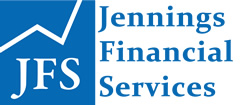
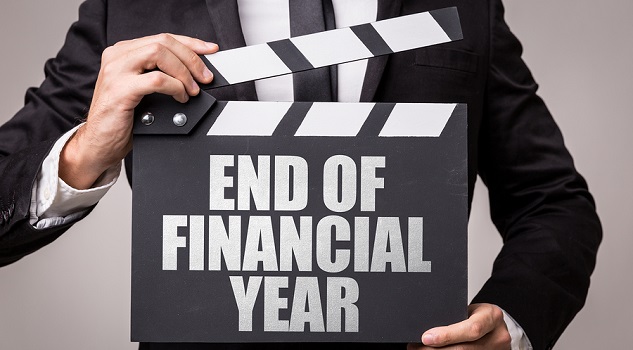

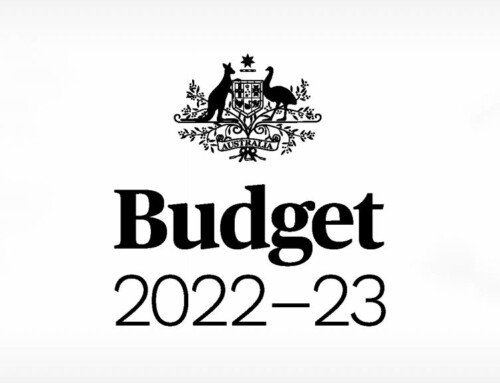

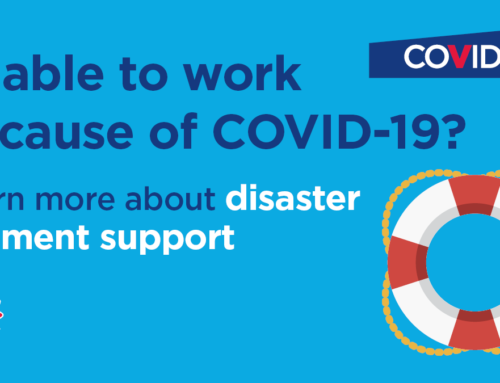
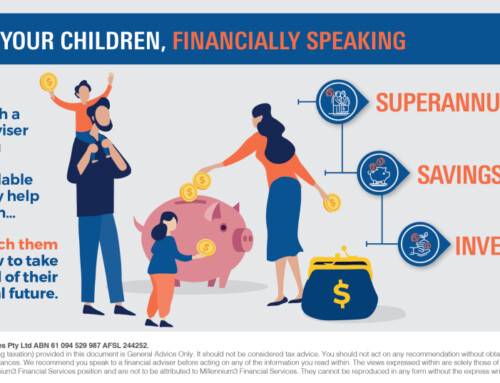

Leave A Comment